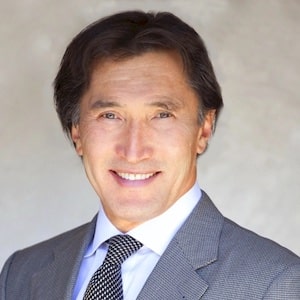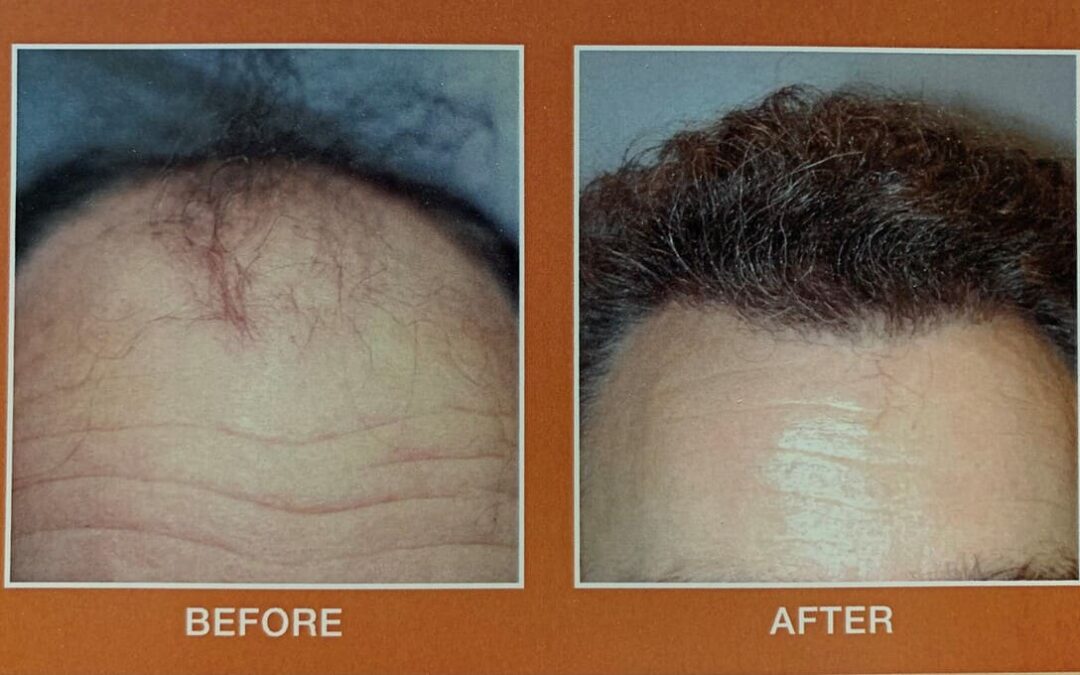[George Costanza is wearing a toupee]
Elaine: YOU’RE BALD! George: I WAS bald.
By age 50 about 85% of men experience balding. 21% of men have inherited male pattern baldness and begin seeing hair loss before age 21. The distress of loosing one’s hair has been obviated by society’s changing perceptions of male attractiveness. Look at movie stars Bruce Willis, Dwayne Johnson, Jason Stratham; super athletes Michael Jordan, Andre Agassi, Kelly Slater; recording stars Pitbull, Moby, David Daughtry.
However, many if not most males would prefer to keep their hair. Currently, there’s no cure for male pattern baldness. Until recently hair systems, (toupees) were the mainstay of “hair restoration.” Medications like finasteride and minoxidil can help some, but not all men keep the hair they have.
More promising is PRP (platelet-rich plasma) injections, a non-surgical treatment used to reverse early male pattern baldness by stimulating new hair growth where functioning hair follicles remain. PRP, which is rich in growth factors, is harvested from the patient’s own blood. It is a safe well-tolerated treatment with no downtime. Periodic treatments are recommended. The PRP when delivered by micro-needling, a common procedure we do, can enhance the results.
Today the gold standard for hair restoration is surgical hair transplantation. First performed in the early 1950’s, hair transplants were done using the hair plug technique. The results were quite unnatural and gave hair transplantation a bad name; a reputation which persists in some people’s minds up to the present. In the 1990’s surgeons obtained remarkably improved results using a new technique called Follicular Unit Transplantation (FUT). Though many hair transplant surgeons continue to use FUT, we now have an advanced, minimally invasive method called Follicular Unit Extraction (FUE).
Simply speaking, Follicular Unit Extraction (FUE) involves the use of “micro-grafts;” which are tiny grafts of skin taken from the back of the scalp each containing only one or two hair follicles. No scars are made in the donor area. Though grafts can be harvested manually, new technology allows graft harvesting to be semi-automated. The results can be very dramatic, and natural. It is the skilled surgeon who determines the best placement and orientation of the grafts to give the most optimal and natural result.
NeoGraft is a semi-automated hair transplant system which facilitates the harvesting of follicles during a Follicular Unit Extraction (FUE) hair transplantation. This is the technology that we at Napa Solano Plastic Surgery use. The automated harvesting system improves the accuracy and speed over the previously used manual extraction instruments. NeoGraft effectively combines advanced technology with the guided precision and artistry of a qualified surgeon.
85-95% of all implanted grafts are successful. Within 2 to 3 weeks, the transplanted hair will fall out, but new growth will occur in a few months. By 6 to 9 months 60% of new hair growth will have occurred. The process is complete at 12 months.
The procedures are done under local anesthesia with mild sedation. Patients find the experience easy and even pleasant. Patients may return to work in two days, and heavy vigorous activity in 3 weeks.
If you think hair translation is an option for you, or someone you know, we at Napa Solano Plastic Surgery would be happy to answer more questions.






